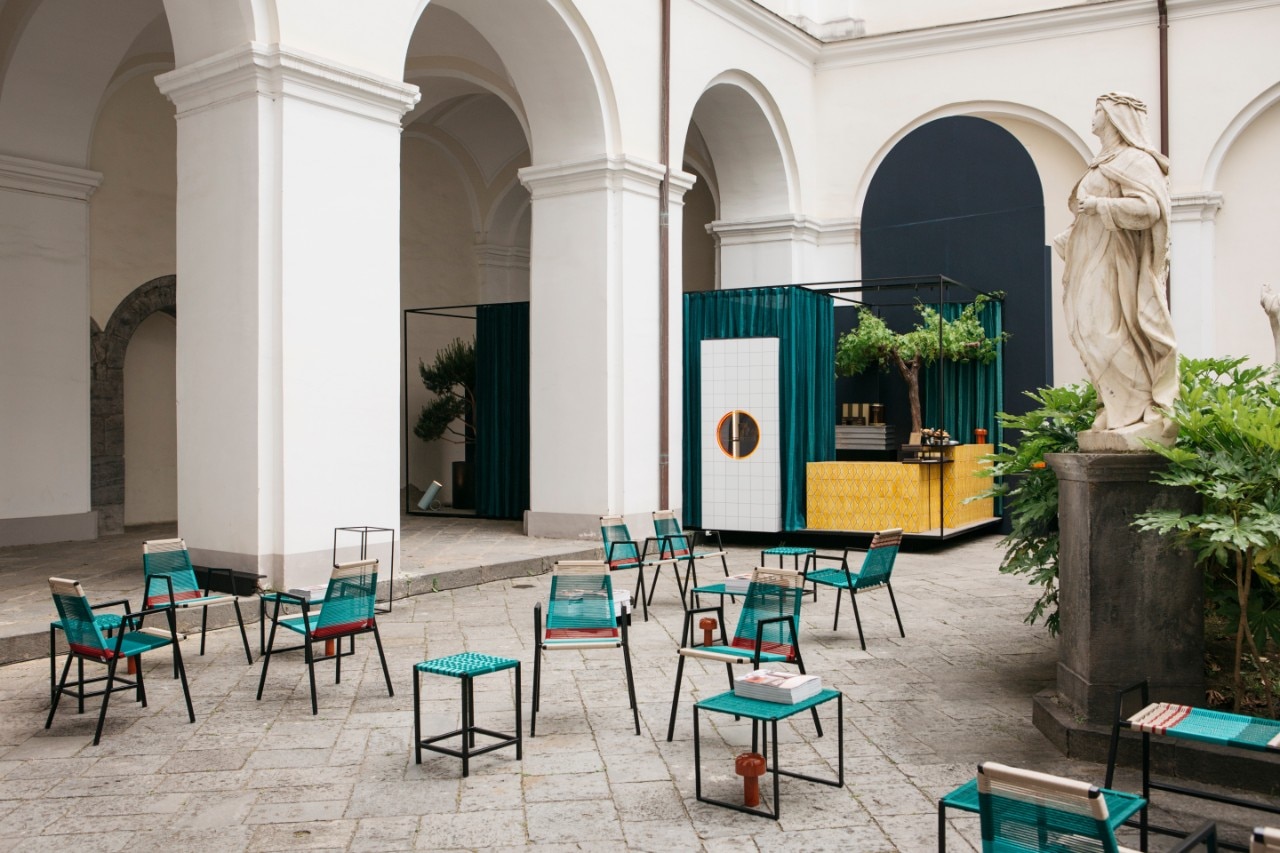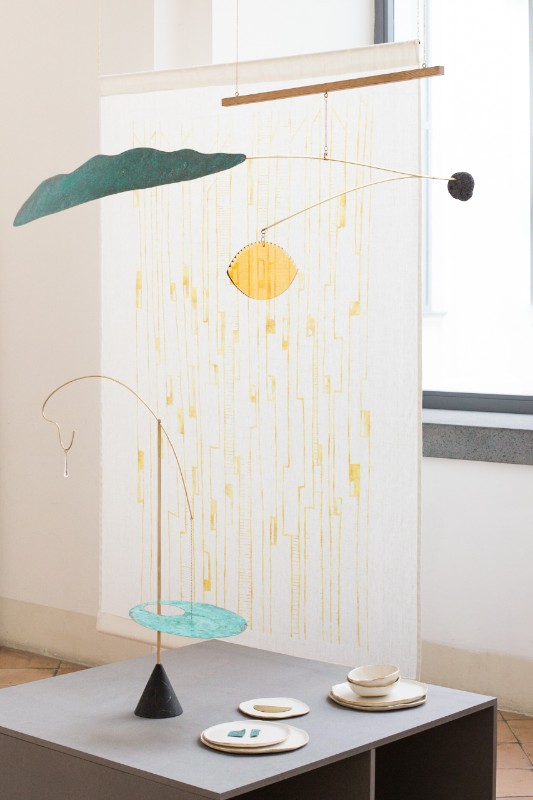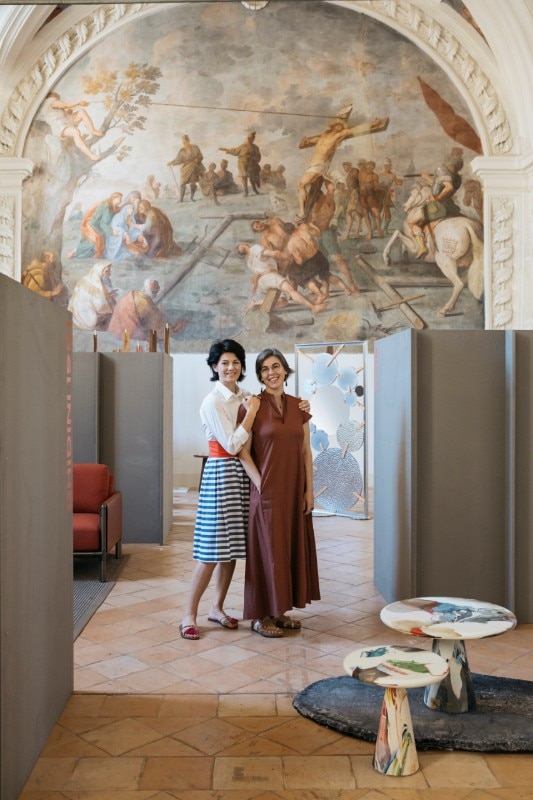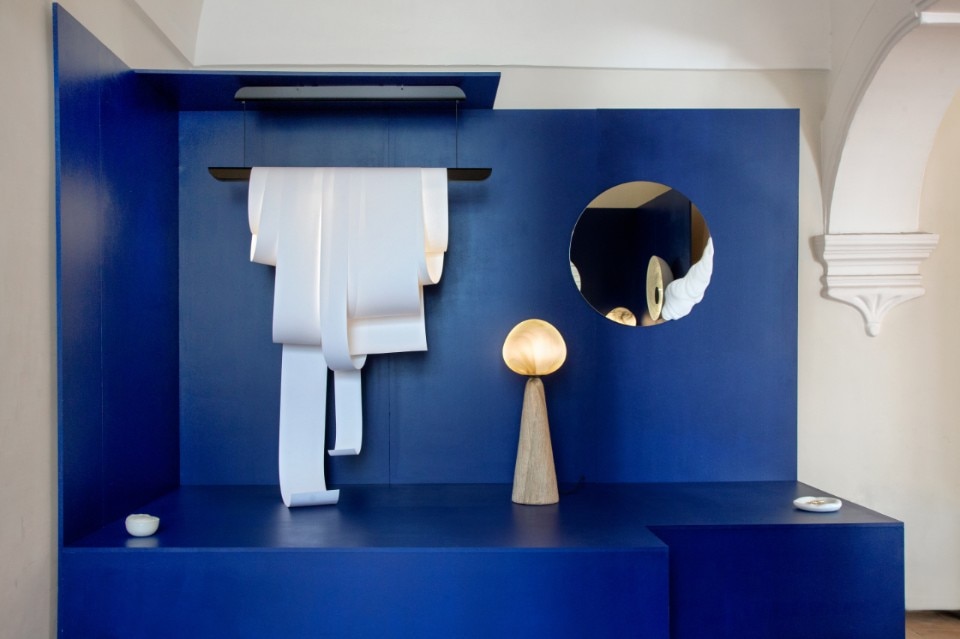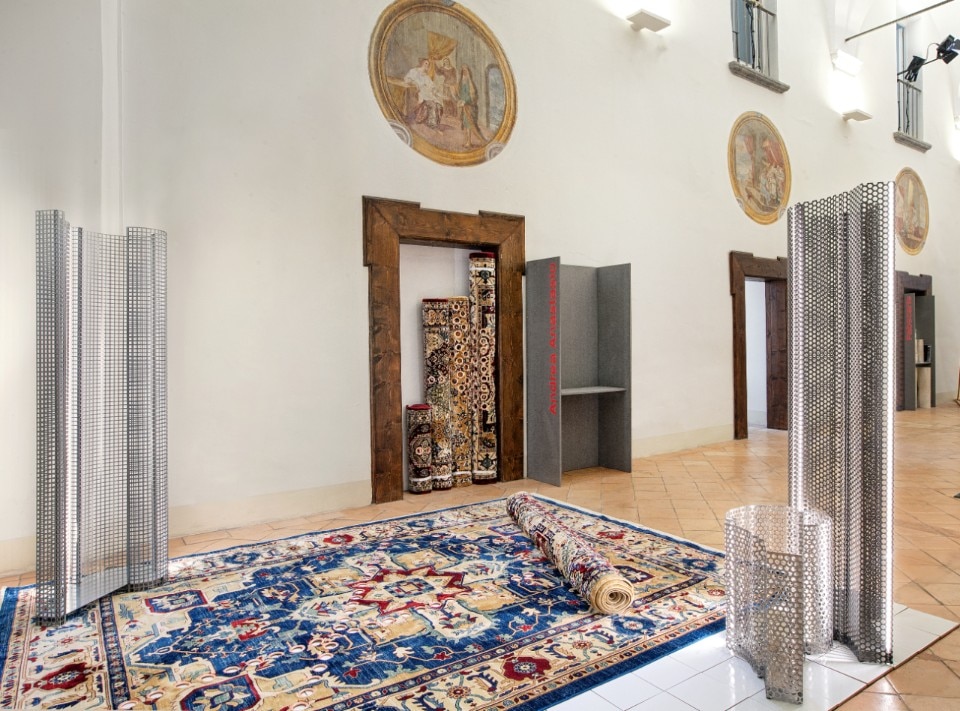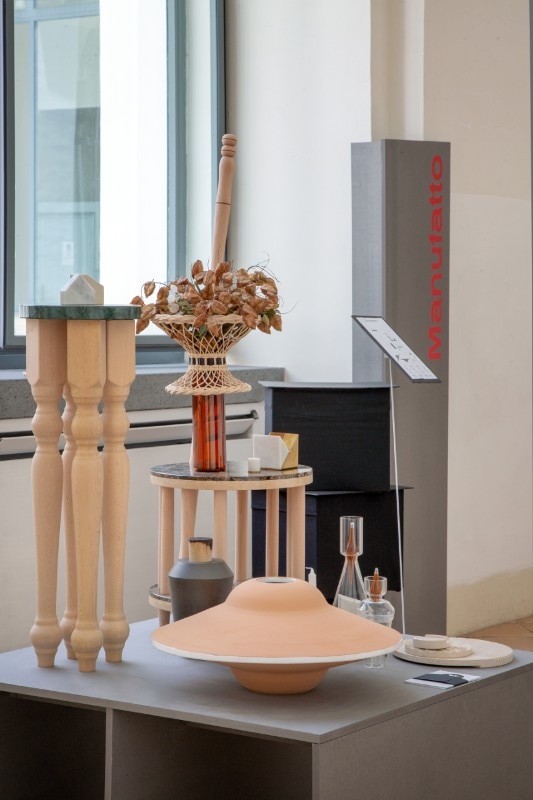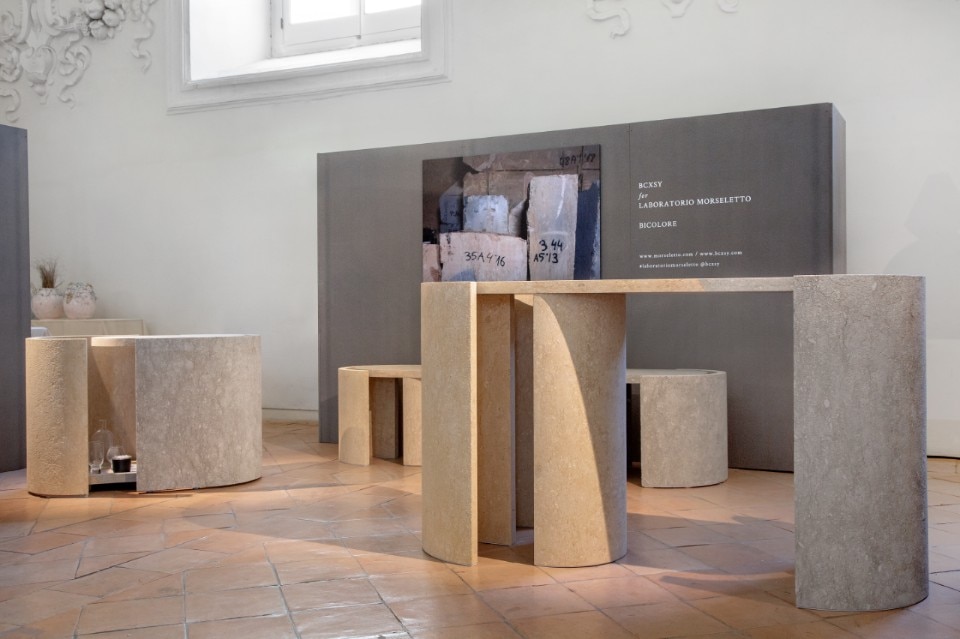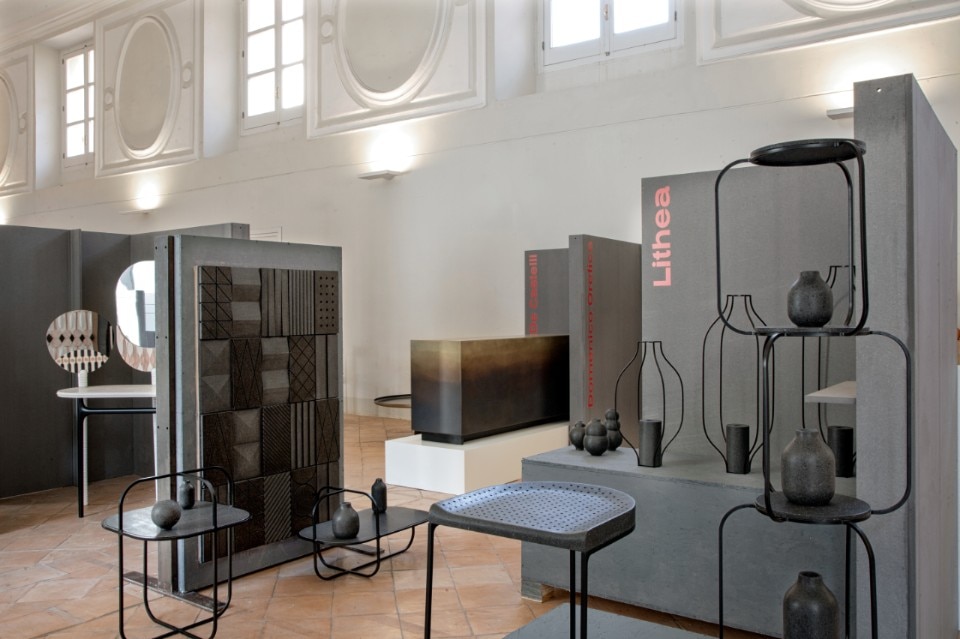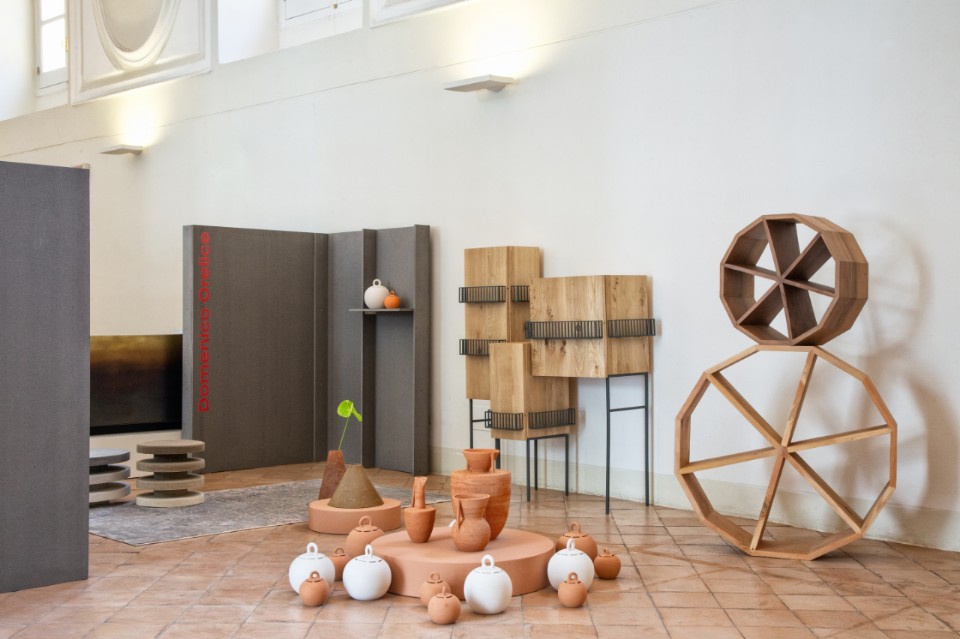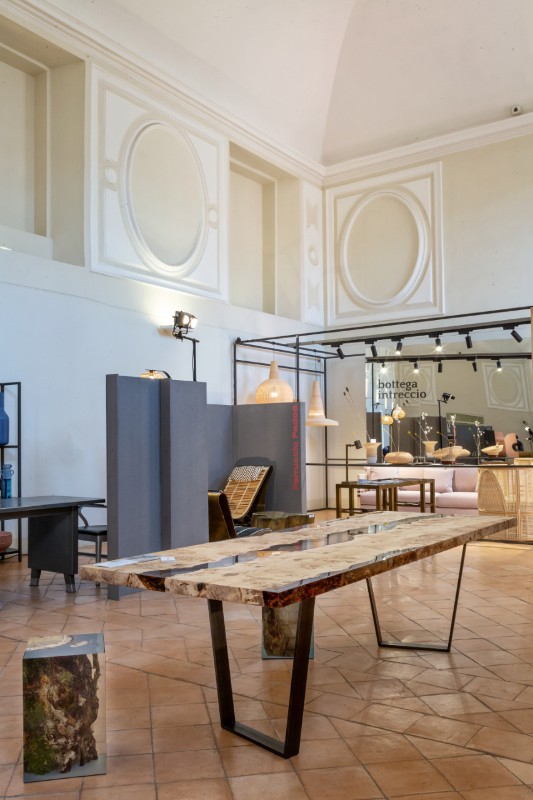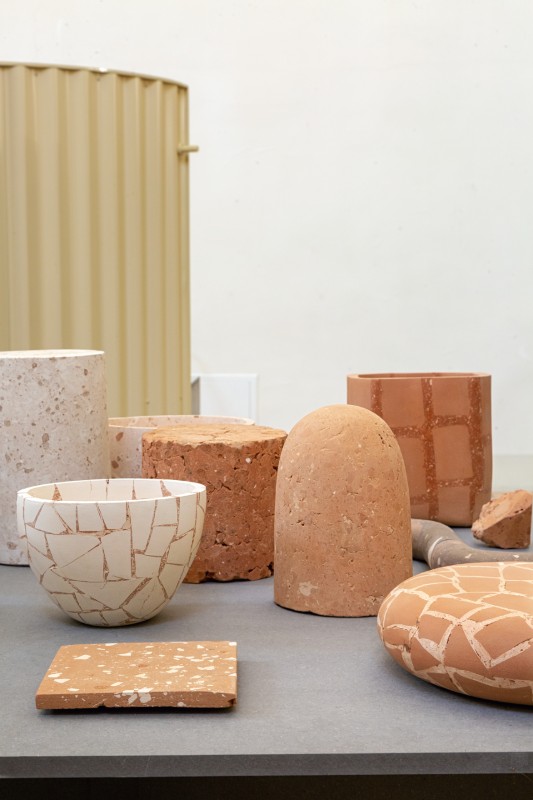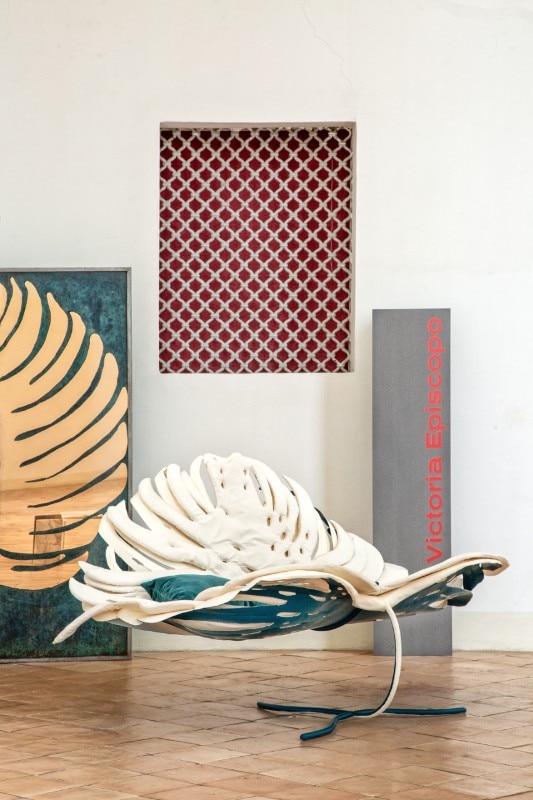The curatorial team had anticipated it: EDIT Napoli would have explored “alternative routes”, far from Milan and its Salone del Mobile, without renouncing to quality and visibility. The focus of the event was the world of editorial design, which means small serial productions and collaborations between independent designers and companies/galleries that enhance craftsmanship. And judging by the influx of the numerous curators, journalists, architects and buyers – both national (including many from Milan) and international – and their reactions, it seems that the first edition of the fair achieved its goal. “We met an audience consisting of both designers moved by professional curiosity and private individuals interested in exploring the theme of editorial design, whose knowledge finally begins to go beyond design-insiders”, affirm, for instance, Antonella Maione and Mauro Cazzaro, the duo behind the Venetian studio Kanz Architetti, which presented a series of process-oriented glass and wood objects.
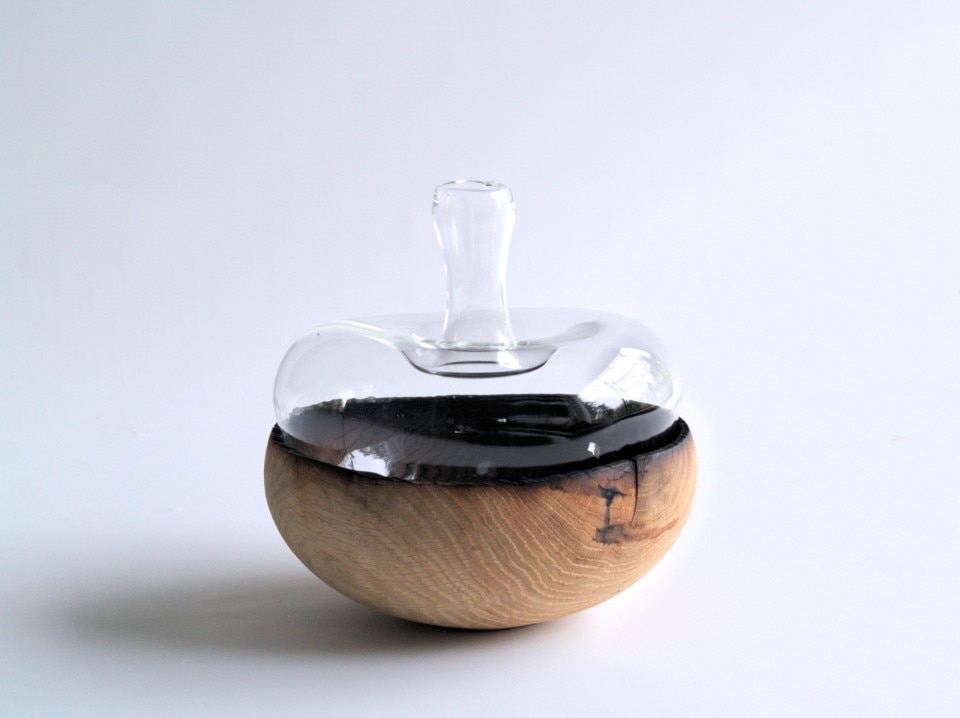
Hosted in the San Domenico Maggiore complex – a monastery annexed to the homonymous historic church in the heart of Naples – the fair was of modest size; a feature that, according to Lisa Westenburg – a buyer of the Amsterdam design store The Frozen Fountain – has to be judged positively. In fact, as she explained, contrary to the large and dispersed fairs and design weeks in which she and her colleagues have to move from one place to another following a rigid agenda prepared well in advance, with a format like that of EDIT Napoli, buyers can more easily identify the works and talents of their interest and spend the due time to discover their stories and methodologies.
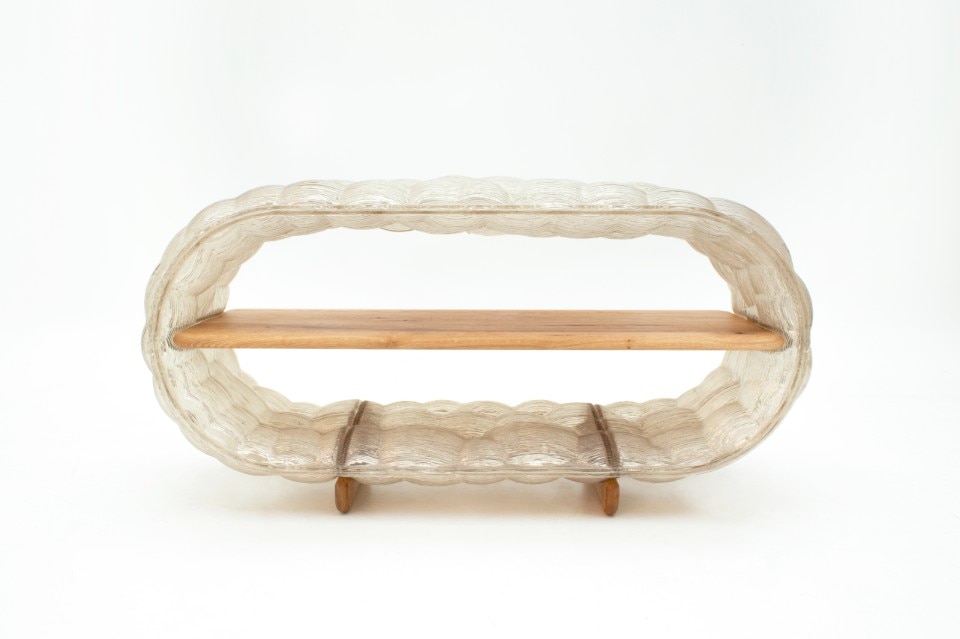
Among the exhibited projects – original and eclectic, designed by national and international designers – were the chairs similar to melted marshmallows by Dirk van der Kooij, the woven benches by Max Lipsey, the hemp vases by Yasmin Bawa, the playful glass vases by Serena Confalonieri and the marble objects by Bloc Studios. The fair was also the opportunity for some companies to reinvent themselves and embrace the world of editorial design.
As did Laboratorio Morseletto – an Italian family-run company founded in the early 20th century in Vicenza and specialised in stone processing – which, for the first time in its history, developed a self-produced design collection. The pieces were designed by Sayaka Yamamoto and Boaz Cohen from the renowned Amsterdam-based studio BCXSY. Composed of a bench, a console and a bar cabinet, the series – defined by its sculptural character – is inspired by the company’s underground quarries and their minimal landscape. “We wanted to focus on the company’s main material – the Vicenza stone, which we personally found very special and elegant”, explains the duo. “We intended to create a language for the material, which can be expanded and applied to various designs. We wanted to express the uniqueness of this seemingly humble material – at first sight, the three available colours (grey, yellow and white) may seem very limited, but a closer look reveals many layers of beauty and history – through its structure and the embedded fossils”, they continue.
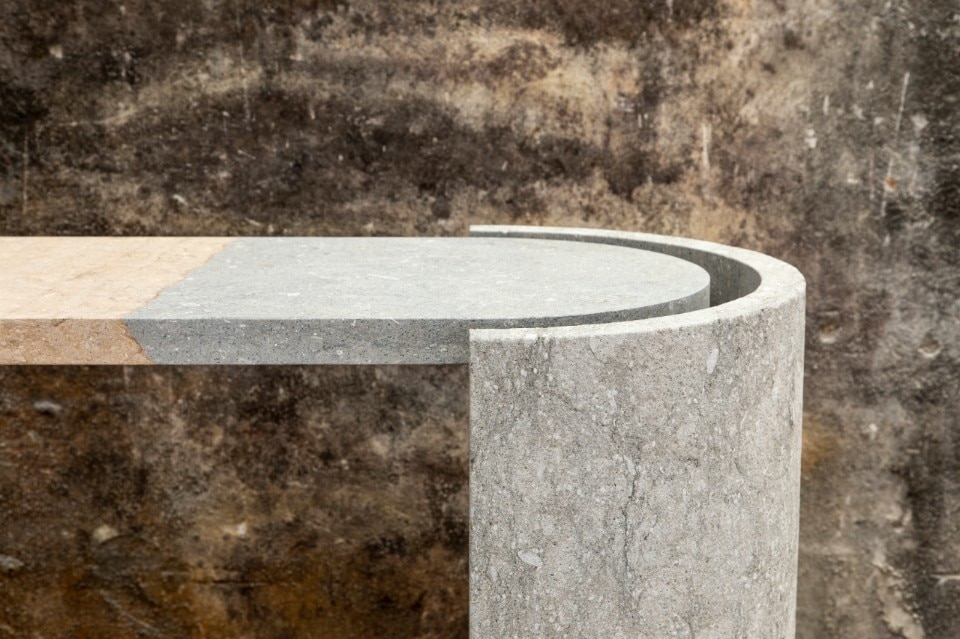
If, on the one hand, the fair was, therefore, a positive opportunity for many external companies – such as also the Meda-based ANT277 (Lombardy, north of Italy) – to present and dialogue with a different public, unfortunately, on the other, the space reserved for local realities probably did not meet the expectations. Besides the obvious reference to the world of editorial design, in fact, the name of the fair, “EDIT Napoli”, seemed to suggest the intention of the organisers to somehow act on the city, modifying it, beyond the show itself. In this sense, the first attempt of establishing a relationship with the territory, its tradition and the inhabitants, was the artist residency program entitled “Made in EDIT” organised in 2018 to kick-start and communicate the entire event. Yet, as one visitor commented too, it felt that “the Neapolitan design scene was rather absent from the fair”.
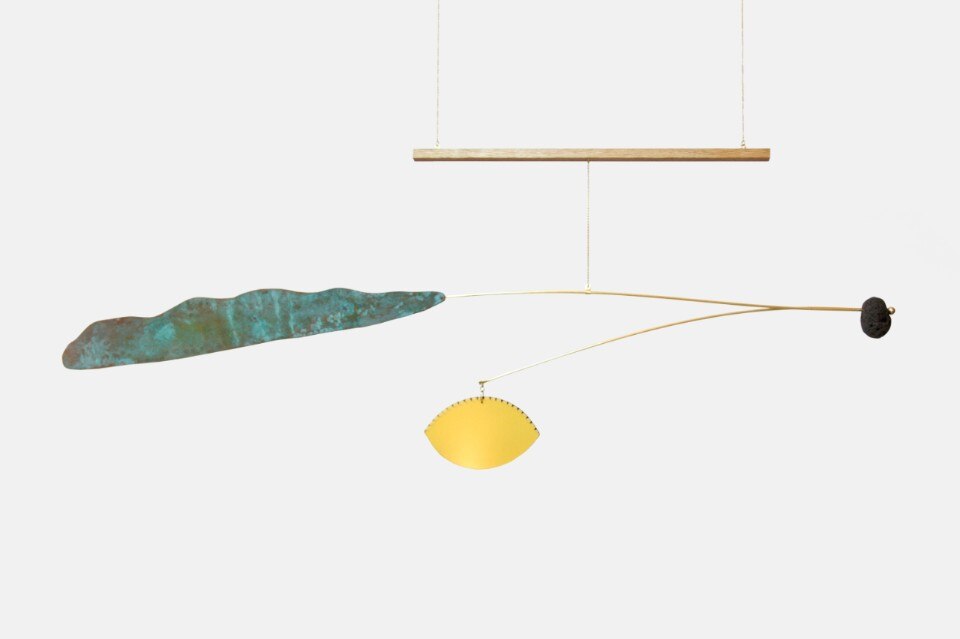
Among the projects of local realities, an interesting one was the small but poetic collection presented by Spazio Materiae, a showroom with headquarters in Naples specialised in high-end design pieces ranging from Scandinavian objects to ceramics. On the occasion of the fair, Teresa Carnuccio and Stefano Santoro, the two founders, decided to launch their own design collection. A milestone in Spazio Materiae’s aim to actively support independent design, the collection includes tableware objects by ceramist Sara Farina, kinetic mobiles created by the collective The Ladies’ Room and a wall covering realised by local architect Giuseppe di Costanzo.
- Location:
- San Domenico Maggiore complex, Naples
- Opening dates:
- June 6-9, 2019
- Curatorial team:
- Emilia Petruccelli & Domitilla Dardi


